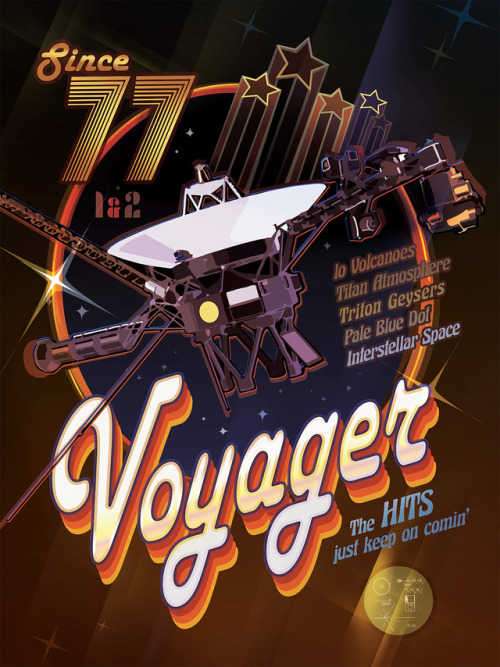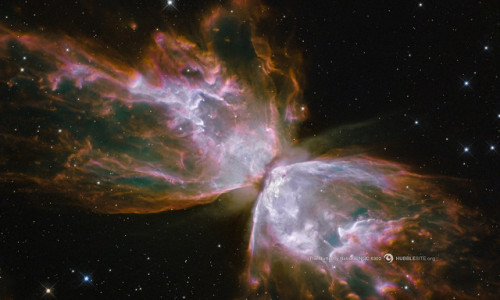It's Crazy How Similar These Are!
It's crazy how similar these are!

Nebula Images: http://nebulaimages.com/ Astronomy articles: http://astronomyisawesome.com/
More Posts from Soshowmethesea and Others
This is adorable!

Reminds me of the theory where people say the Moon is fake. Absolutely ridiculous.

The Infrared Visible Andromeda: This remarkable synthetic color composite image was assembled from archives of visible light and infrared astronomy image data. The field of view spans the Andromeda Galaxy are also included in the frame. via NASA
js

Thanks to the twin Voyager spacecraft, music is truly universal: Each carries a Golden Record with sights, sounds and songs from Earth as it sails on through the Milky Way. Recalling the classic rock era of the late 1970s when the Voyagers launched, this poster is an homage to the mission’s greatest hits. Some of the most extraordinary discoveries of the probes’ first 40 years include the volcanoes on Jupiter’s moon Io, the hazy nitrogen atmosphere of Saturn’s moon Titan and the cold geysers on Neptune’s moon Triton. Voyager 1 is also the first spacecraft to deliver a portrait of our planets from beyond Neptune, depicting Earth as a ‘pale blue dot,’ as of Aug. 25, 2012, to enter interstellar space. Voyager 2 is expected to enter interstellar space in the coming years. Even after 40 years, the Voyagers’ hits just keep on coming.
Enjoy this and other Voyager anniversary posters. Download them for free here: https://voyager.jpl.nasa.gov/downloads/
Credit: NASA/JPL-Caltech
Make sure to follow us on Tumblr for your regular dose of space: http://nasa.tumblr.com.
Beautiful

js
Best eclipse video I've seen so far!
Here’s the best view of Solar Eclipse. Amazing! via : Fiorella Ikeue
I wish this was the universe where Pluto was still a planet...




The possibilities are truly endless.
How does that even happen?!
A woman named Angeles Duran legally owns the sun.
Poor Pluto! It'll always be a planet to me.
Between the time Pluto was discovered and when it was declassified as a planet, it did not make even one full rotation around the sun.

Milky Way over Bosque Alegre Station in Argentina : What are those streaks of light in the sky? First and foremost, the arching structure is the central band of our Milky Way galaxy. Visible in this galactic band are millions of distant stars mixed with numerous lanes of dark dust. Harder to discern is a nearly vertical beam of light rising from the horizon, just to the right of the image center. This beam is zodiacal light, sunlight scattered by dust in our Solar System that may be surprisingly prominent just after sunset or just before sunrise. In the foreground are several telescopes of the Bosque Alegre Astrophysical Station of the National University of Cordoba in Argentina. The station schedules weekend tours and conducts research into the nature of many astronomical objects including comets, active galaxies, and clusters of galaxies. The featured image was taken early this month. via NASA
js
-
 indigowolf1111 liked this · 3 years ago
indigowolf1111 liked this · 3 years ago -
 wolfang95 reblogged this · 3 years ago
wolfang95 reblogged this · 3 years ago -
 astrotracksuitbattalion liked this · 4 years ago
astrotracksuitbattalion liked this · 4 years ago -
 maul17uk liked this · 5 years ago
maul17uk liked this · 5 years ago -
 isaactheastronaut reblogged this · 5 years ago
isaactheastronaut reblogged this · 5 years ago -
 hallejullyjay liked this · 6 years ago
hallejullyjay liked this · 6 years ago -
 heart-on-llamas liked this · 6 years ago
heart-on-llamas liked this · 6 years ago -
 polaroidqueen5 liked this · 6 years ago
polaroidqueen5 liked this · 6 years ago -
 celestialdragonking-blog reblogged this · 6 years ago
celestialdragonking-blog reblogged this · 6 years ago -
 kentfrost24 reblogged this · 6 years ago
kentfrost24 reblogged this · 6 years ago -
 kentfrost24 liked this · 6 years ago
kentfrost24 liked this · 6 years ago -
 wir-werden-ewig-leben liked this · 6 years ago
wir-werden-ewig-leben liked this · 6 years ago -
 washingoutinthedistance liked this · 6 years ago
washingoutinthedistance liked this · 6 years ago -
 lostinthezombieland reblogged this · 6 years ago
lostinthezombieland reblogged this · 6 years ago -
 flashtonjones liked this · 6 years ago
flashtonjones liked this · 6 years ago -
 karenosorio88 reblogged this · 6 years ago
karenosorio88 reblogged this · 6 years ago -
 karenosorio88 liked this · 6 years ago
karenosorio88 liked this · 6 years ago -
 lover-of-you-all liked this · 6 years ago
lover-of-you-all liked this · 6 years ago -
 thetrashlion liked this · 6 years ago
thetrashlion liked this · 6 years ago -
 khaexxbeaarr reblogged this · 6 years ago
khaexxbeaarr reblogged this · 6 years ago -
 bennys-wild-life liked this · 6 years ago
bennys-wild-life liked this · 6 years ago -
 glistening-moons liked this · 6 years ago
glistening-moons liked this · 6 years ago
"You're so down to Earth, and I'm up in the stars, so show me the sea, and I'll take you to Mars."
36 posts